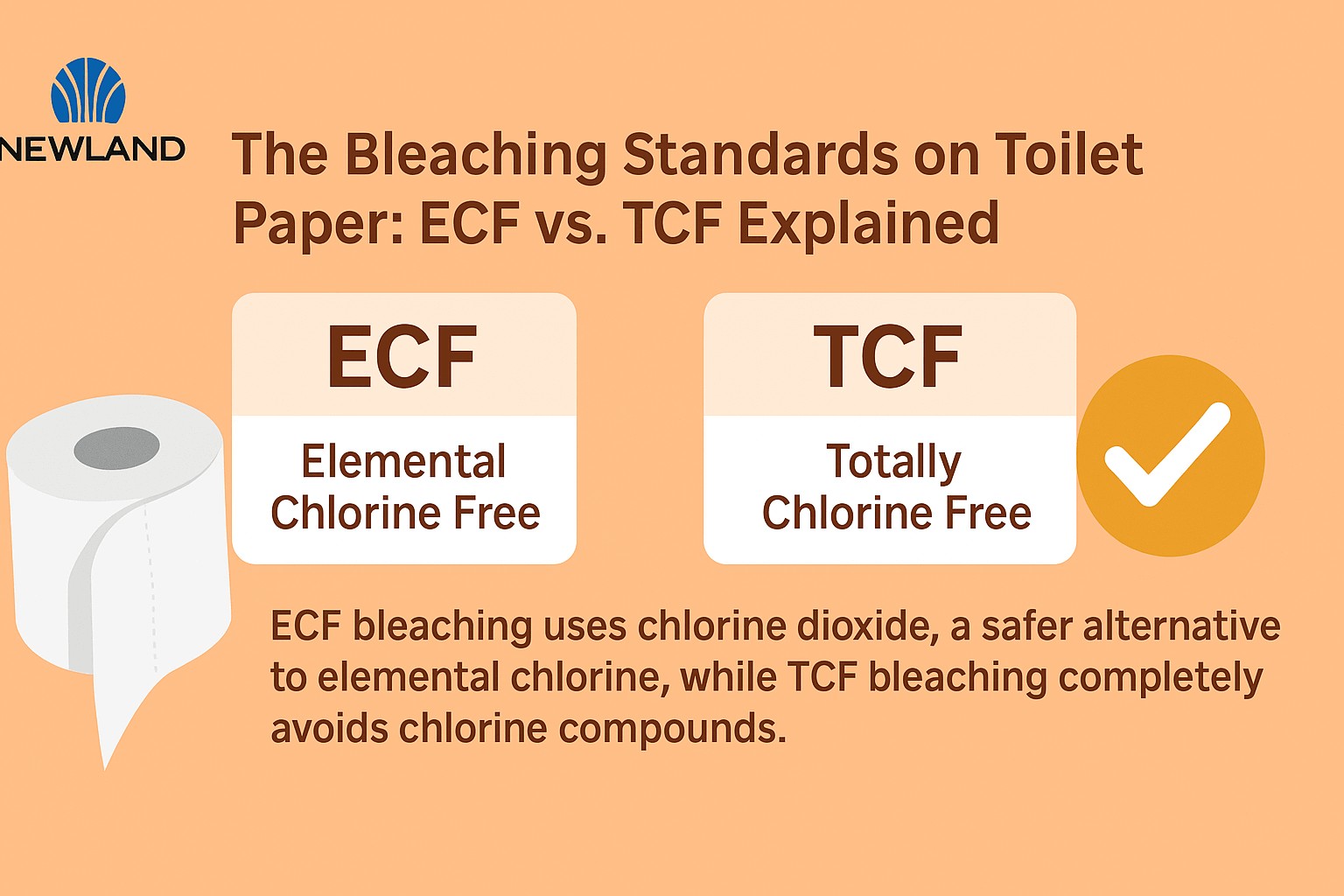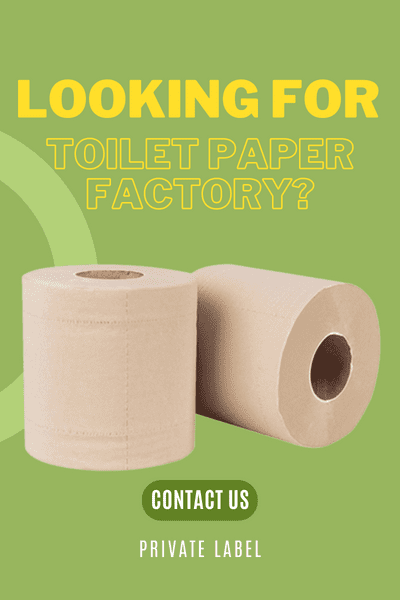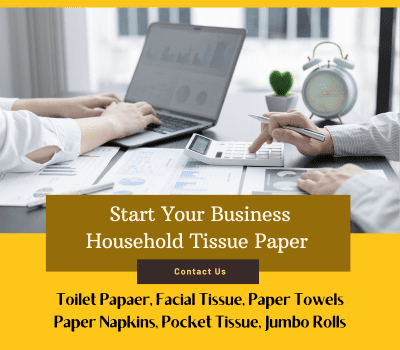What is the difference between ECF and TCF?
ECF uses chlorine dioxide, reducing pollution but not eliminating it. TCF avoids chlorine entirely, offering better environmental performance but at higher cost.
Why Traditional Chlorine Bleaching is Problematic
Traditional chlorine bleaching methods, while inexpensive and effective, have significant environmental drawbacks. Bleaching pulp with chlorine produces toxic compounds known as chlorinated organic compounds (AOX), including dioxins. These chemicals are hazardous pollutants, contaminating water and harming ecosystems.
Recognizing these environmental issues, the paper industry has shifted towards cleaner, safer bleaching alternatives.
Understanding ECF & TCF Standards
The American Forest and Paper Association (AFPA) defines two main bleaching standards that you might see indicated on toilet paper products:
♦ Elemental Chlorine Free (ECF)
ECF pulp bleaching uses chlorine dioxide (ClO₂) instead of elemental chlorine. Although this significantly reduces the production of toxic AOX compounds compared to traditional chlorine bleaching, a small amount of elemental chlorine may still be produced during the process. Consequently, ECF bleaching isn’t entirely chlorine-free.
Environmental impact:
- Reduced dioxin and AOX emissions compared to traditional chlorine bleaching.
- AOX level typically ≤ 0.5 kg per tonne of pulp.
♦ Totally Chlorine Free (TCF)
TCF bleaching completely avoids chlorine-based compounds. Instead, it utilizes safer alternatives such as hydrogen peroxide (H₂O₂), ozone, or peracetic acid for pulp bleaching. The result is an entirely chlorine-free and environmentally cleaner process.
Environmental impact:
- Completely eliminates the release of dioxins and AOX pollutants.
- AOX level is zero, resulting in minimal environmental impact.
ECF vs. TCF: Which is Better for the Environment?
While environmental organizations typically favor TCF bleaching for its zero chlorine usage, there are ongoing discussions regarding which method is superior environmentally:
- Environmental groups’ viewpoint: TCF bleaching is superior due to its complete elimination of chlorine and resultant pollutants.
- Industry research: Numerous studies conclude TCF has clear environmental advantages. However, proper wastewater treatment practices are also essential to reduce environmental impact.
In short, both bleaching methods are improvements over traditional chlorine bleaching. Ultimately, proper wastewater treatment by responsible suppliers significantly influences environmental outcomes.
Our Commitment to Eco-Friendly Bleaching
At Newland Bamboo, we prioritize sustainability and environmental responsibility. Our bamboo toilet paper products are bleached using advanced ECF and Peroxide (H₂O₂) Bleaching techniques, significantly reducing harmful chemical pollutants and ecological impacts compared to traditional chlorine methods.
Ready to launch your own eco-friendly bamboo toilet paper brand? Contact us for wholesale inquiries or a tailored quote.
FAQs
Q: Is ECF bleaching harmful?
A: ECF is significantly less harmful than traditional chlorine bleaching, but not completely chlorine-free. Wastewater treatment quality also significantly influences its environmental impact.
Q: Does TCF produce whiter toilet paper?
A: Both ECF and TCF achieve excellent whiteness. Whiteness depends more on the specific processes rather than solely the bleaching chemicals used.
Q: How can I tell which bleaching method is used for toilet paper I buy?
A: Look for labels on packaging indicating ECF, TCF, or similar certifications.




